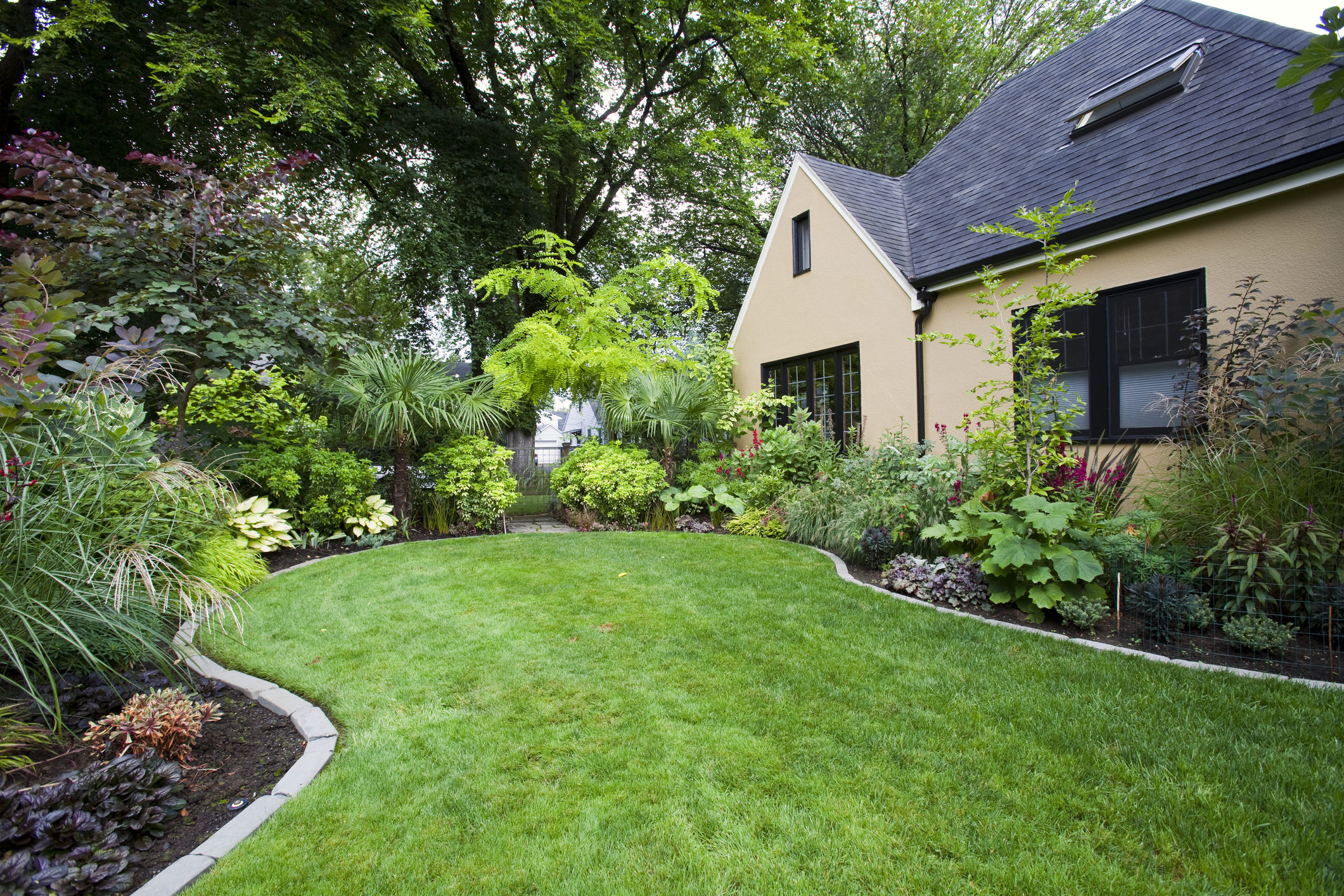

Wondering what the cost to level a yard might be? We've got the lowdown.
If you seem to have more mosquitoes because of water pools in low areas of your lawn, or you have water getting into your basement with heavy rainfall, it sounds like your yard needs a bit of leveling.
So, let’s look at how much it could cost to regrade a yard, the reasons for leveling a yard and how to level a yard right.
How much does it cost to level a yard or regrade a yard?
The cost to regrade or level a yard depends on a few factors.
According to the home services website Fixr, most homeowners pay between $1,500 and $2,600 to level a 1,000 square foot area. And to re-grade the same size yard with a 2-foot slope, the average cost is $1,800.
However, the costs range from $550 for a small, 250 square-foot yard with minimal slope to $8,200 for a large, 2,500 square-foot yard with a 5-foot slope. If you're looking to do a larger project and more extensive leveling, garden landscaping costs will depend on the entire design.
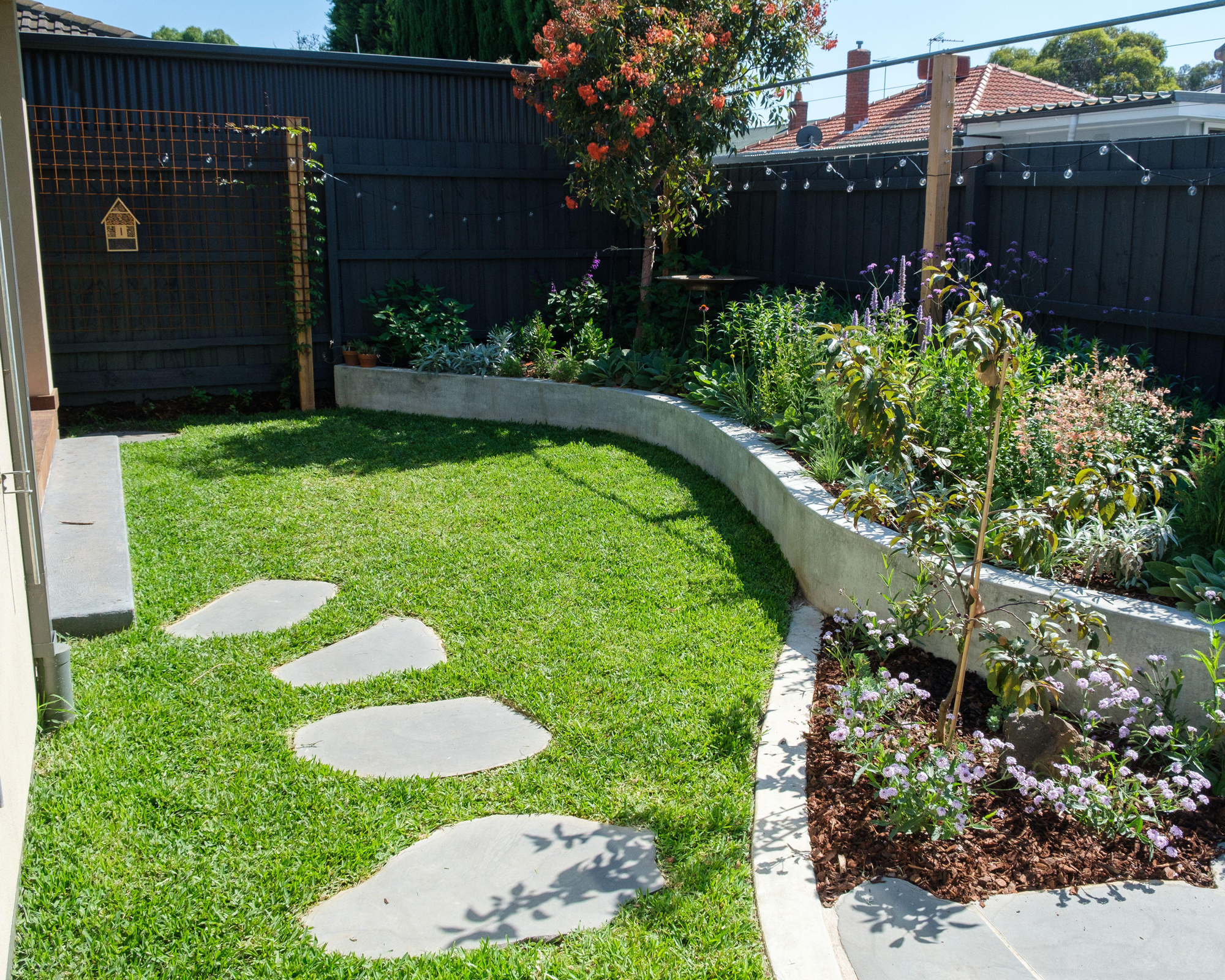
Top reasons to level or regrade your yard
There are several reasons to regrade or level your yard or sloping garden. And no matter what your reason is, the results will improve how the soil manages water and provide the perfect surface for your outdoor living enjoyment.
Installing a pool – If you’re installing a pool in your backyard, it must rest on a level surface. The difference of just a couple of inches can cause the weight of the water to damage the walls and liner and possibly even collapse.
Installing other recreation areas – Volleyball, basketball, and croquet all need a level playing field, literally. And the last thing you want is to twist an ankle coming down in a hole while playing.
Correct poor drainage – Poor drainage causes low spots in the yard where water pools. Those pools attract mosquitoes and kill grass and other plants. Leveling out those areas corrects the problem. Sometimes the slope of the lawn needs correcting because it drains toward the house's foundation. When that happens, water enters the basement and compromises the structure. Re-grading the slope diverts the water elsewhere.
Repair damage from insects or disease – Some creepy-crawly lawn enemies live in the grass layer of your yard. When you re-grade the area, fresh topsoil replaces those unwanted pests and the dirt they live in. And by leveling out low spots, you remove the chance of excessive moisture causing mold, fungus, and disease growth.
Want a larger yard – If your yard has a steep slope, re-grading levels it out and gives you more usable area. 'It’s not just about usable space,' says Blythe Yost, landscape architect and CEO of Tilly, an online landscape design company, 'a level area looks bigger.'
Is it worth leveling a yard yourself?
Unless you have significant problems that require heavy equipment, you can re-grade your own yard. 'I would say almost anything can be DIYed, and yard re-grading is not an exclusion,' says Sean Chapman, home improvement carpenter and founder of the tool and machinery review blog Tool’n’Goods. However, according to Chapman, the job is not for the faint of heart.
'This project isn’t technically complicated but requires a lot of heavy manual labor,' he says, 'so you should be 100 percent sure you have the time and rough muscle power to accomplish it without overstraining yourself.'
It’s important to know when to call a professional. 'Always bring in the experts for water in the basement,' says Yost.
'This is not an area you want to mess around with.' This type of work often includes laying drainage pipe to channel the water toward the edge of the property, where it will continue on its way to a storm drain. 'Moving a yard or two of soil is within the DIY scope,' she says.
'But for more than that, it’s best to hire a professional,' as they’ll have the equipment to do the heavy work. (A yard of soil is 27 cubic feet.)
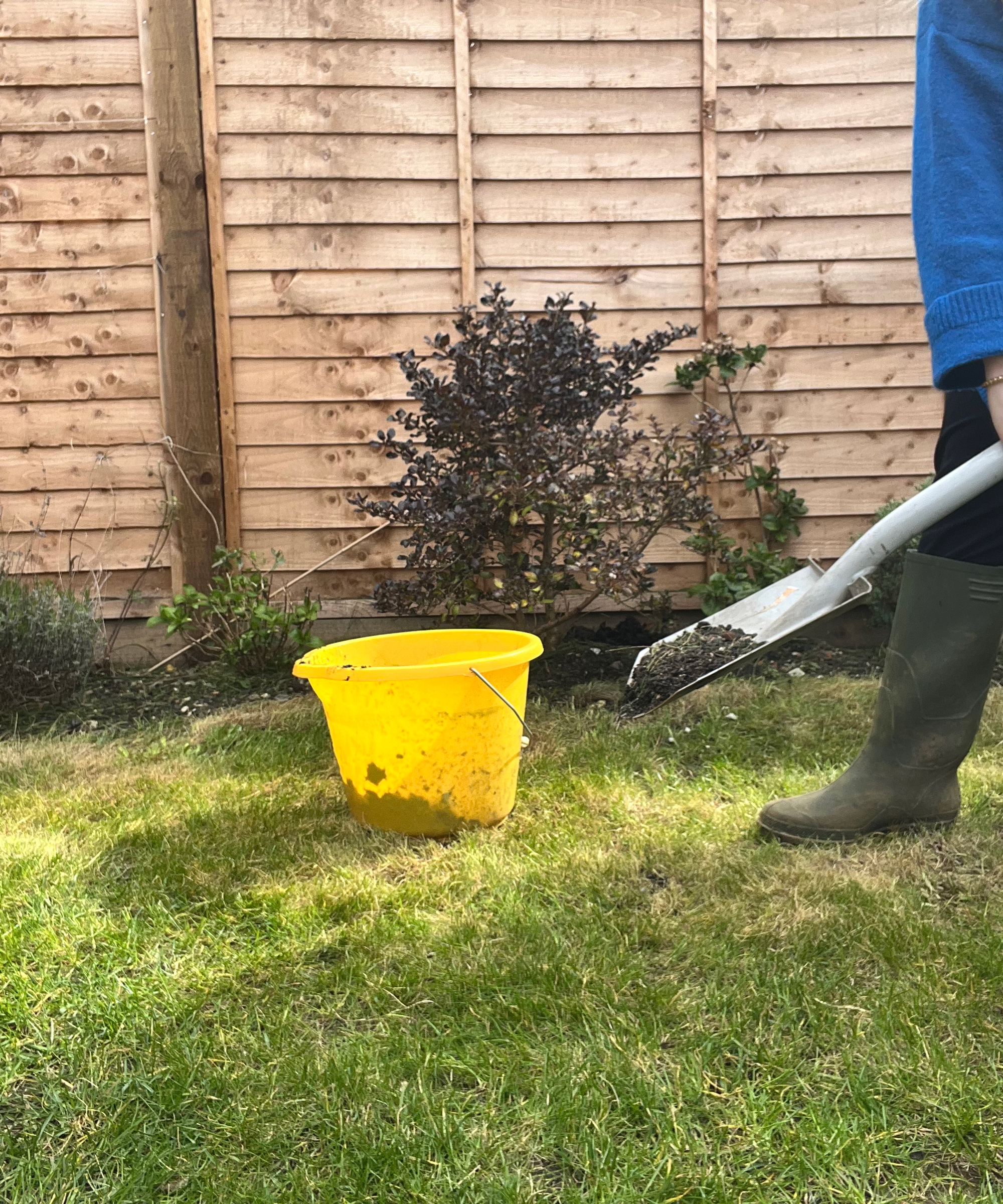
Other things to consider
Depending on your location and the type of professional you hire, how they charge will be different. Yost recommends getting a project cost based on the desired outcome to avoid incurring extra expenses you didn’t see coming.
She also recommends getting a topographical survey to create a drainage plan if you're doing a large project.
According to the National Association of REALTORS® Remodeling Impact Survey of Outdoor Features, most landscape upgrades result in a homeowner Joy Score above 9. So don’t hesitate to do the work to level your yard and enjoy your outdoor living area to its fullest.
What's the difference between leveling and grading?
Though you see the terms leveling and grading used interchangeably, there is a difference between the two. Leveling is creating a flat surface to your lawn or yard. You level the yard when you want to fill in low spots or make recreation areas, like for a swimming pool.
Grading is a garden landscaping term that refers to the slope of a yard away from the home’s foundation. Even homes that appear to be level have a gradual slope away from the house for drainage purposes. For example, you regrade your yard when you have problems with moisture in the basement or crawl space under your home.
Join our newsletter
Get small space home decor ideas, celeb inspiration, DIY tips and more, straight to your inbox!
Carol J. Alexander writes website copy, blog posts, and feature articles on home remodeling and construction topics from her home in the Shenandoah Valley of Virginia. In addition to Real Homes, notable clients include, This Old House, Family Handyman, and Florida Roofing magazine.
-
 The 7 flowers to plant in August, according to gardening gurus
The 7 flowers to plant in August, according to gardening gurusKnowing what flowers to plant in August isn't always so clear-cut. But that's why we called in help from pro planters — here's what they said to pot.
By Becks Shepherd Published
-
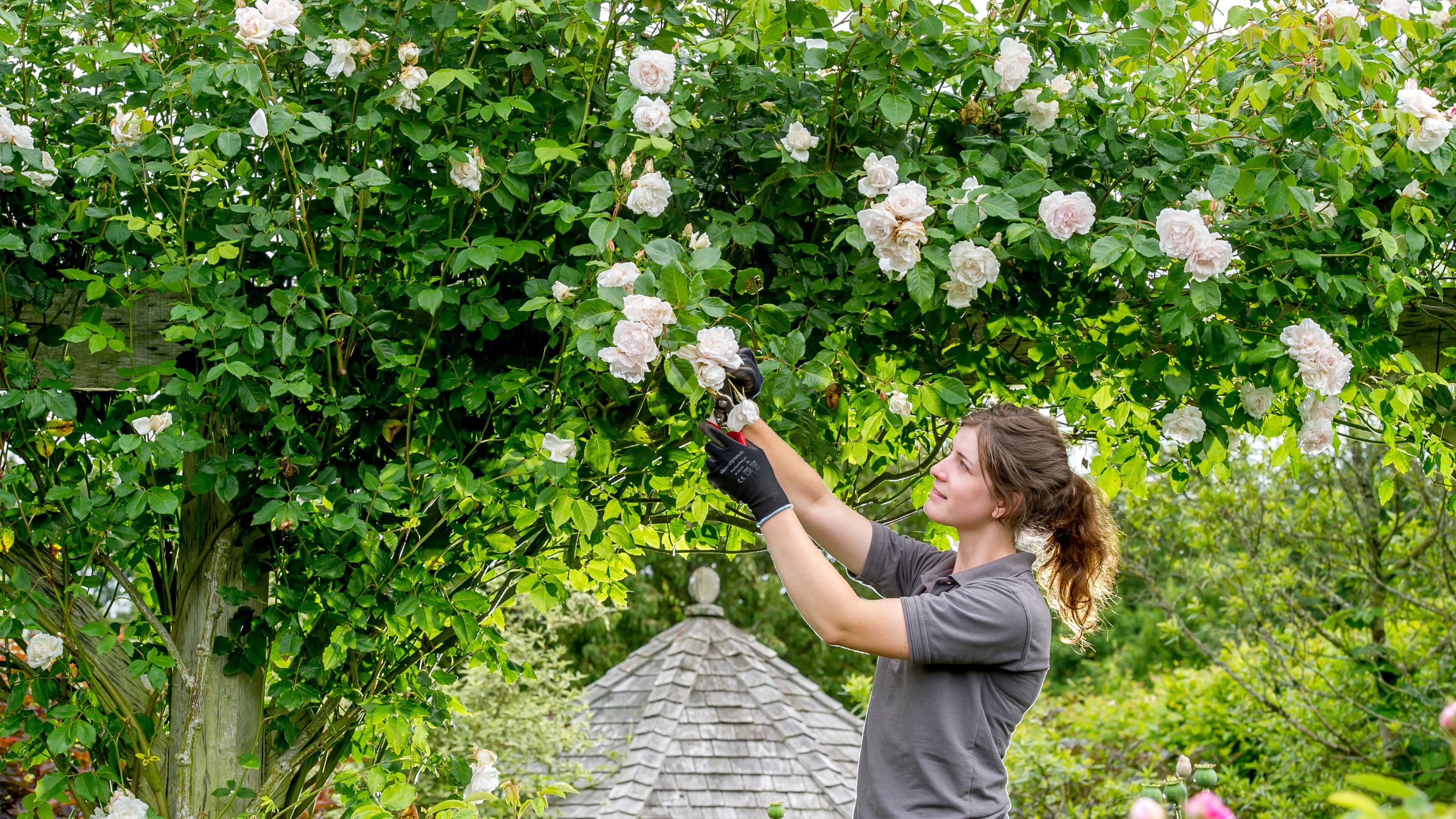 The 7 plants to prune in August — and the 2 pieces of greenery you shouldn't touch
The 7 plants to prune in August — and the 2 pieces of greenery you shouldn't touchWondering what plants to prune in August? We asked a gardening expert for their top tips plus info on what pieces of greenery to avoid pruning this month
By Becks Shepherd Published
-
 Do you need to deadhead azaleas? Top tips for pruning these flowering shrubs
Do you need to deadhead azaleas? Top tips for pruning these flowering shrubsWondering whether you need to deadhead azaleas? We asked a gardening expert for their top tips for looking after these blooms
By Becks Shepherd Published
-
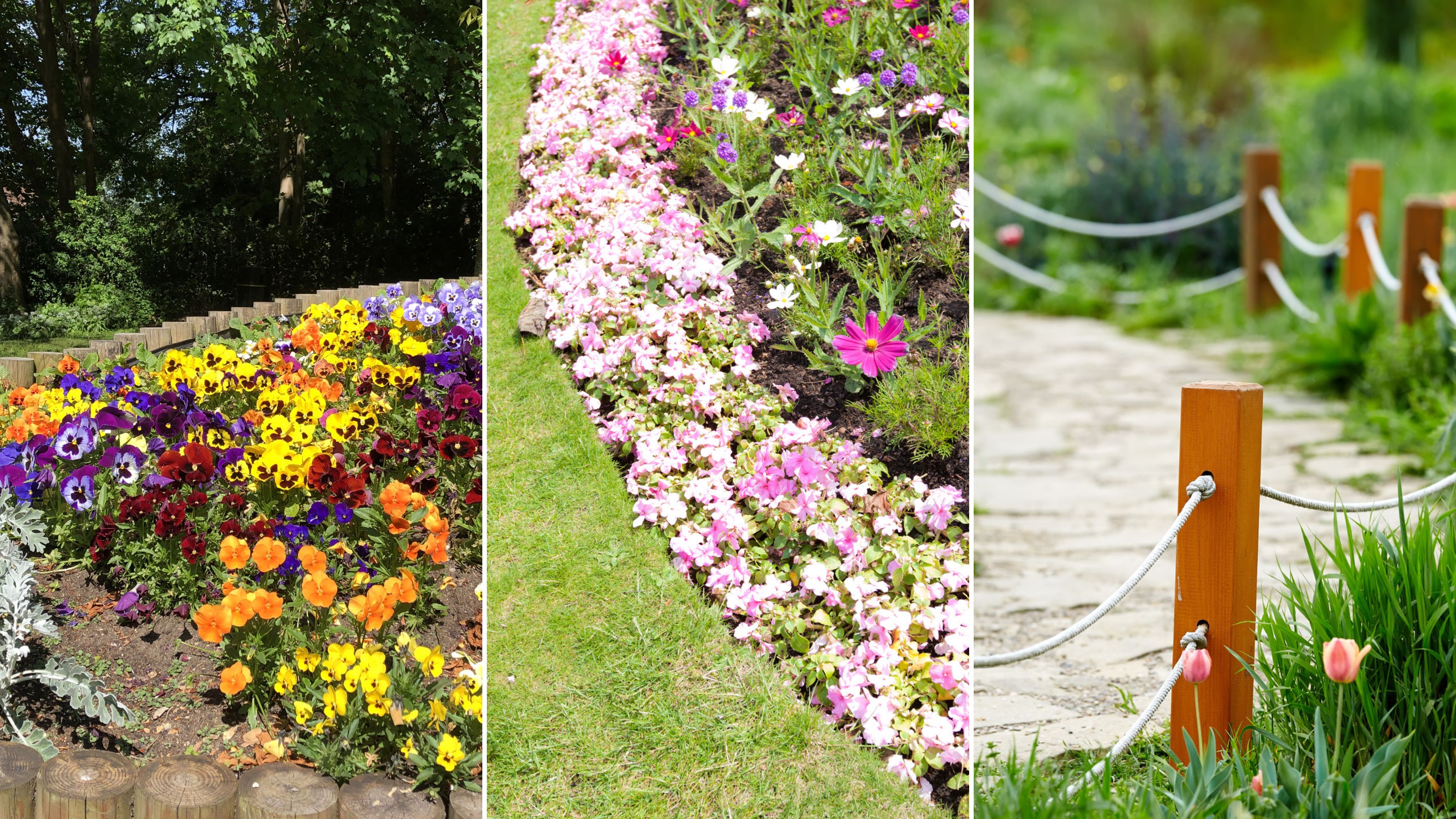 14 lawn edging ideas that will add definition and style to your backyard
14 lawn edging ideas that will add definition and style to your backyardWant to neaten up your lawn with lawn edging ideas? From fresh flowers to laidback bricks, we've scouted out materials and styles that look brilliant
By Eve Smallman Published
-
 Which houseplants are toxic to dogs? Vet experts pinpoint problem plants and solutions
Which houseplants are toxic to dogs? Vet experts pinpoint problem plants and solutionsWondering Which houseplants are toxic to dogs? We spoke to vets about the problematic leafy greens, what they trigger in dogs, and how to find a solution
By Danielle Valente Published
-
 How to attract hummingbirds to your backyard, according to ornithologists
How to attract hummingbirds to your backyard, according to ornithologistsTrying to figure out How to attract hummingbirds to your backyard? These ornithologist-backed tips will guarantee you visitors in no time
By Danielle Valente Published
-
 Does hydrangea bloom every year? Pros spill the dirt on the "garden favorite" and when to expect it
Does hydrangea bloom every year? Pros spill the dirt on the "garden favorite" and when to expect itWondering, "Does hydrangea bloom every year"? We asked the pros all about the garden favorite and how often to expect them — here's the dirt.
By Danielle Valente Published
-
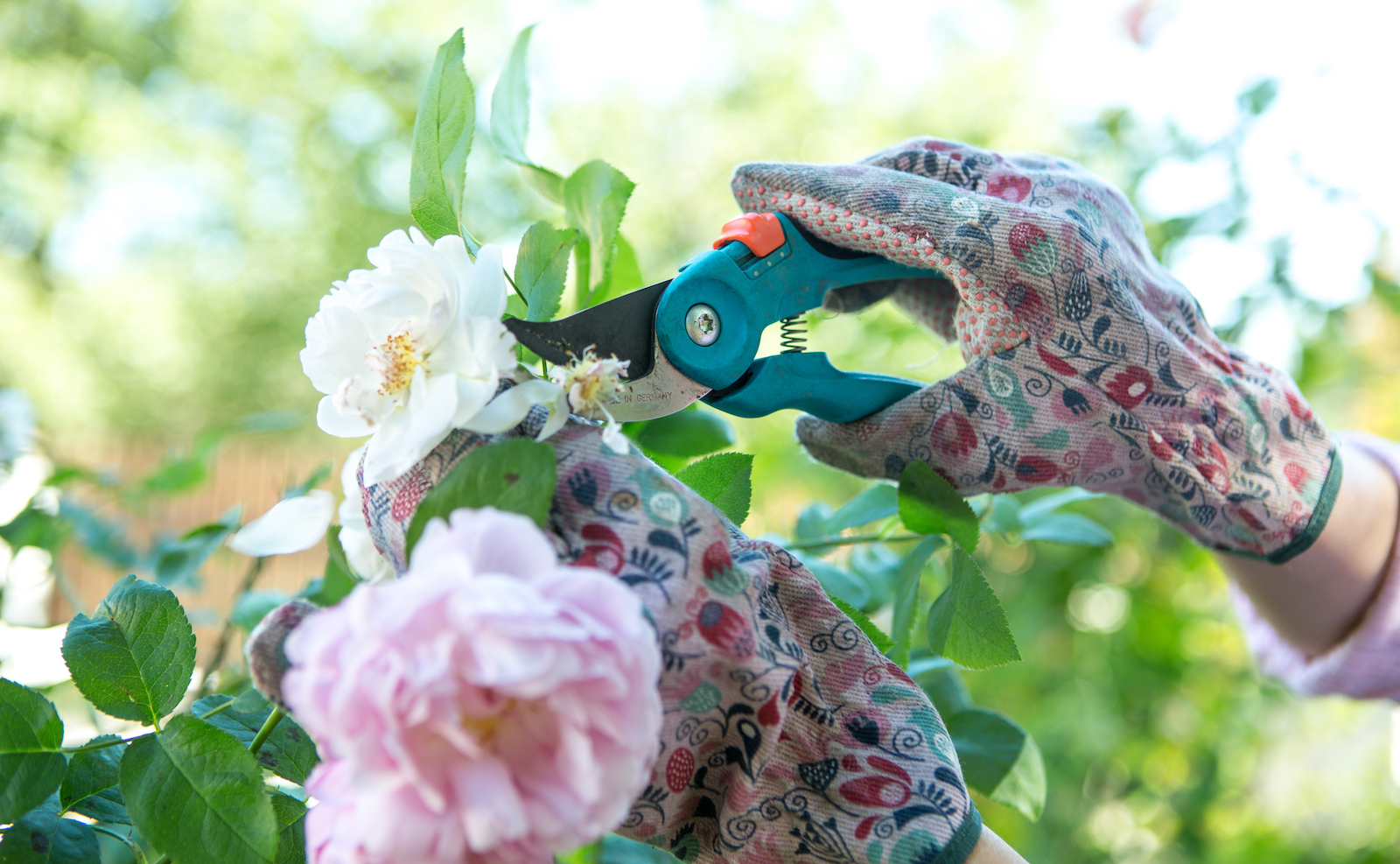 What to prune in spring — experts reveal how to get a lush, full garden
What to prune in spring — experts reveal how to get a lush, full gardenCurious what to prune in spring? We asked gardening experts for their top tips for a luscious, thriving garden
By Danielle Valente Published